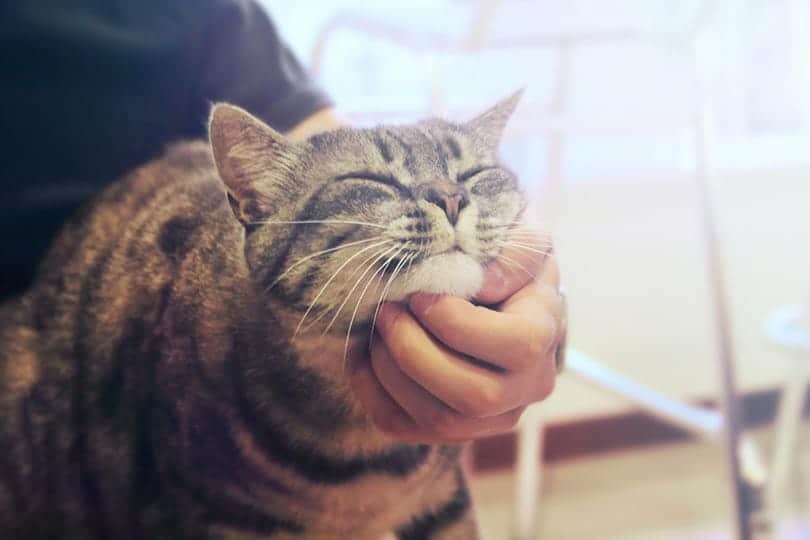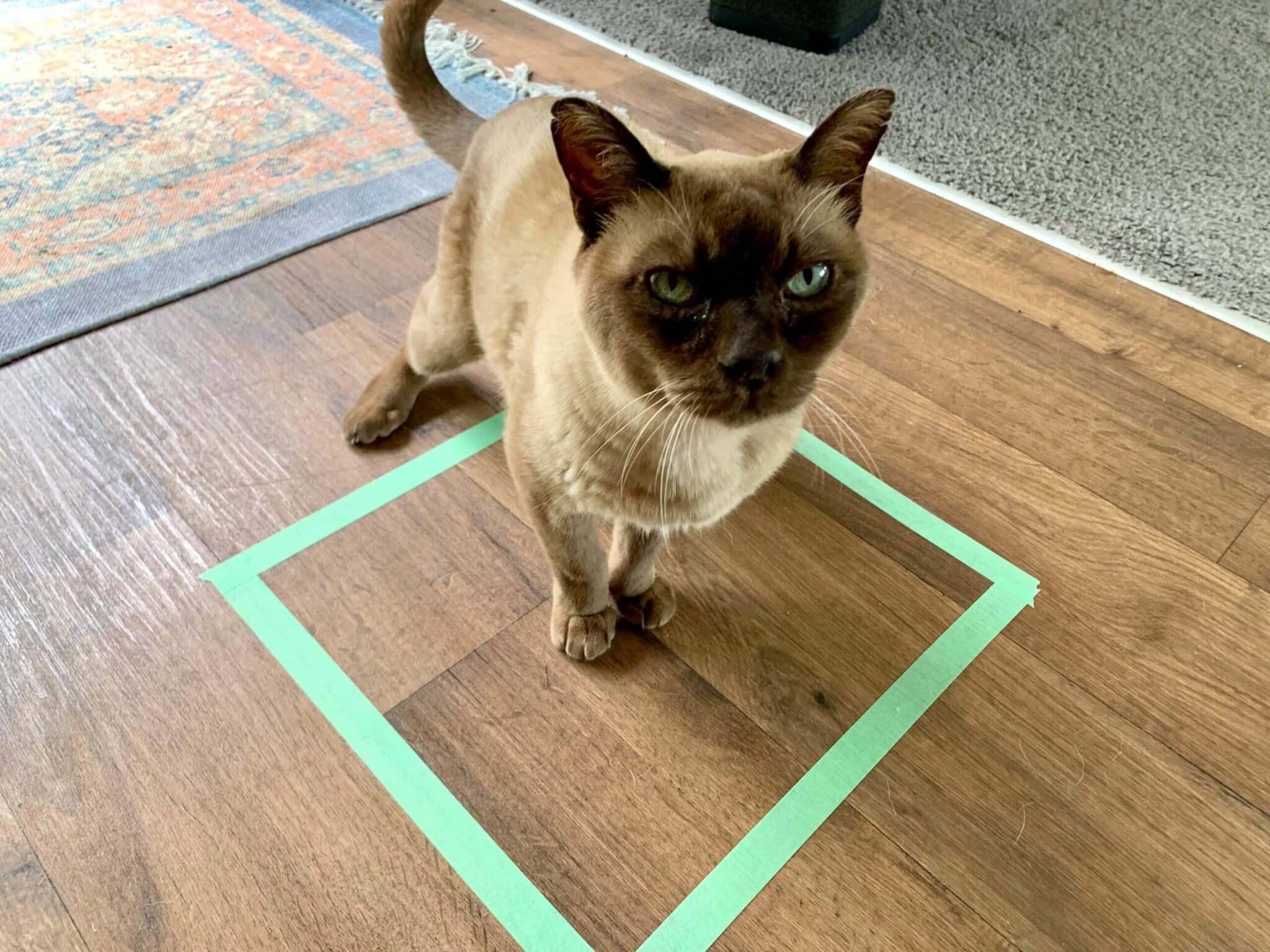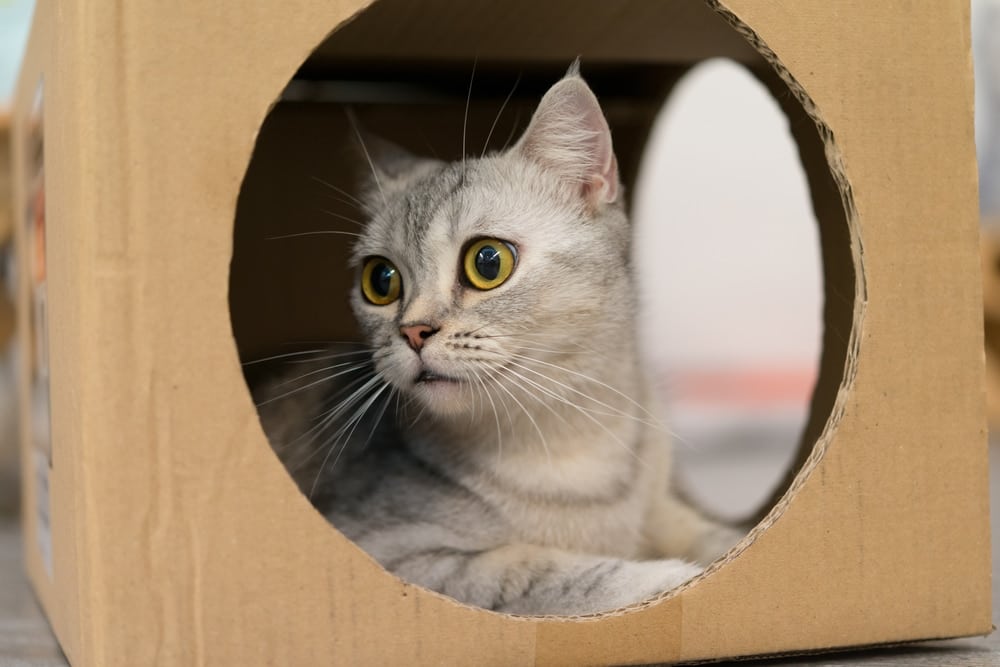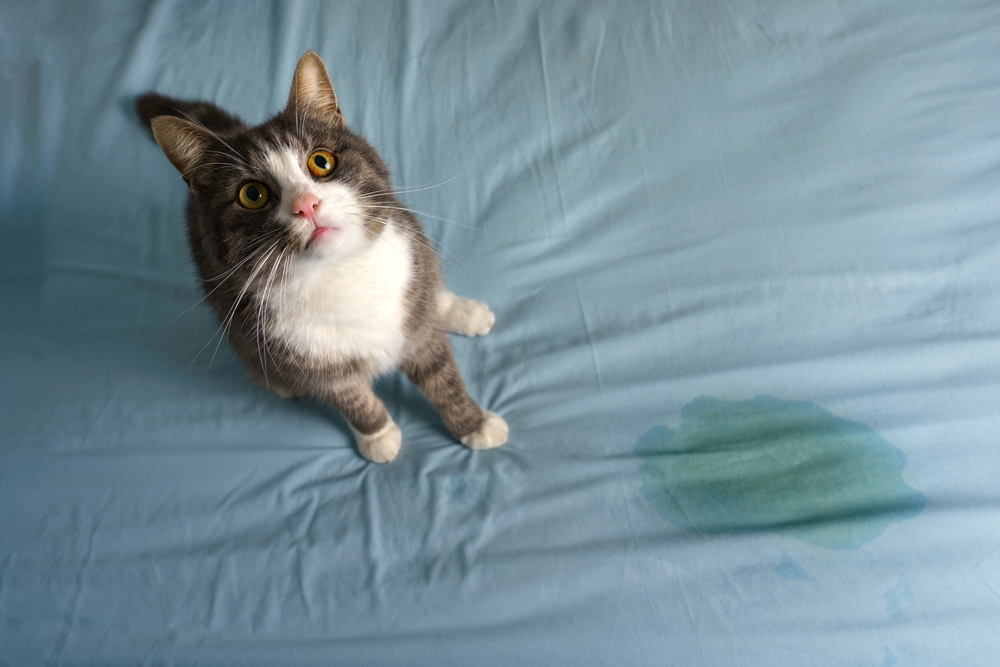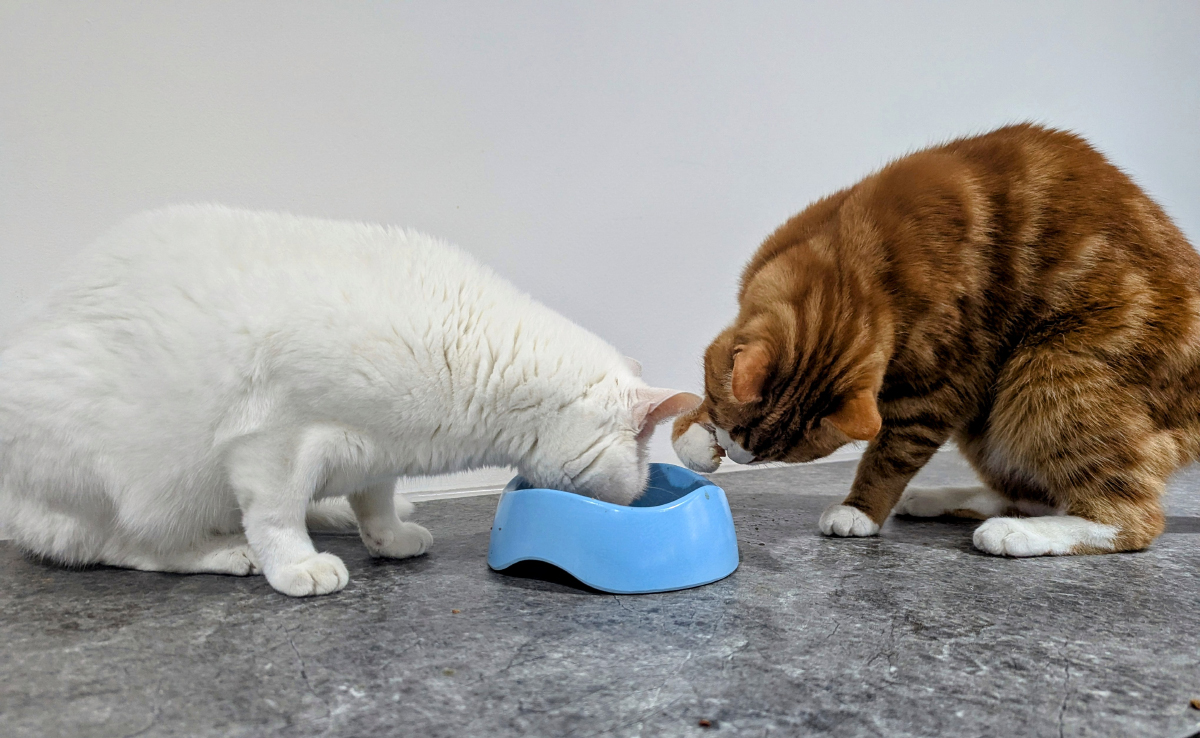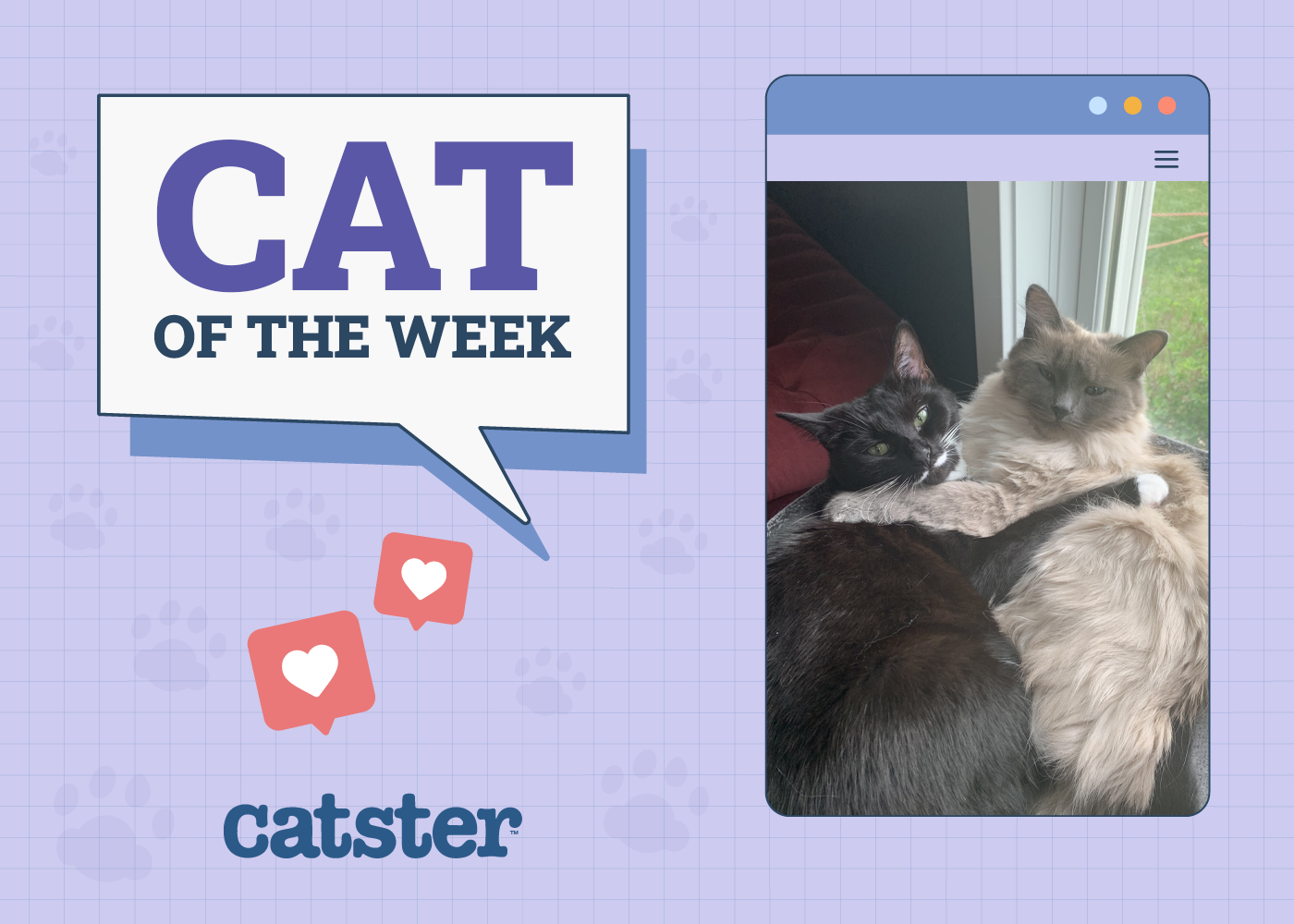A cat’s purr is an incredibly comforting sound, to both us and them, but how much a cat purrs depends on their personality. Male or female, there’s no quota for how much a cat should or should not purr—some cats barely purr and others are like little engines! In general, males purr the same amount as females, though there are cases where females may purr a bit more.
Here, we discuss how and why cats purr and why they may be purring more or less than usual.

How Do Cats Purr?
Although the exact mechanics of how a cat purrs aren’t certain, scientists have found that the most likely explanation is that the muscles in a cat’s larynx are responsible for producing the purring sound1.
The movement of these muscles causes the glottis to dilate and tighten, which in turn, causes air to vibrate as the cat inhales and exhales. This is what produces the purr. The purring frequency is between 25 and 150 Hertz.
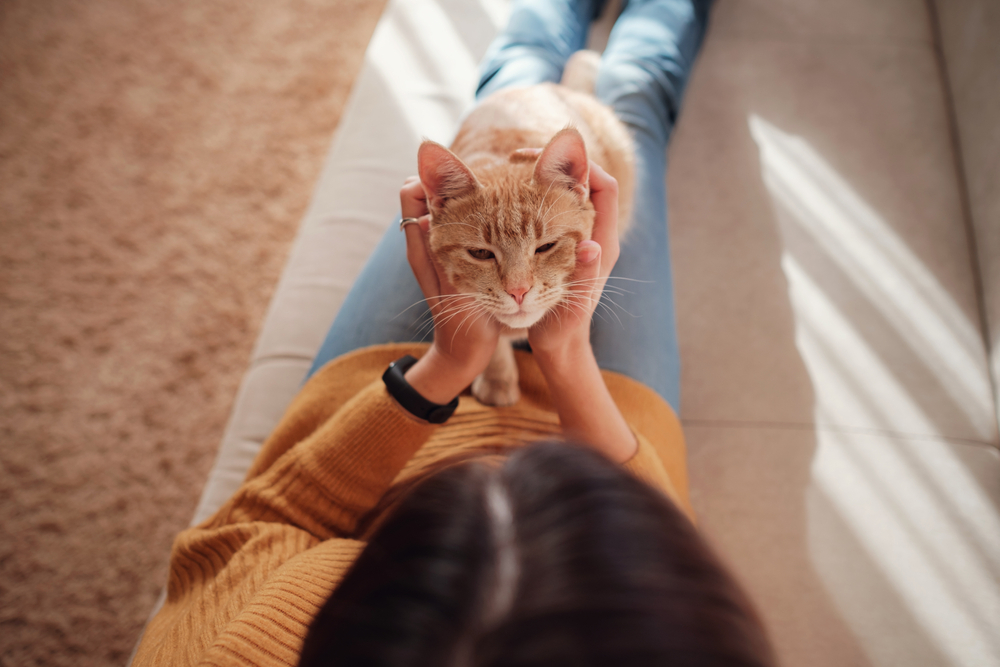
Why Do Cats Purr?
Cats purr for a wide range of reasons. Sex does not affect how much a cat purrs, though there are some instances when female cats may purr more. If a female cat goes into heat, she may vocalize and purr a lot more than usual.
When a mother cat gives birth, she may use purring as a way to bond with her kittens. Likewise, kittens purr as a way to communicate with their mother—some even start purring within a few days of being born. Female cats also purr during labor as a way of soothing themselves.
Although it’s commonly believed that cats only purr when they’re happy or enjoying a good scratch behind the ears, it’s actually also a soothing mechanism for when they’re feeling stressed, afraid, or in pain. According to investigations, it’s very likely that purring promotes healing and supports bone density, which is why cats may purr when they’re feeling unwell.
Of course, cats also purr as a way of expressing contentment. This is why you’ll often hear your cat purring when you stroke them or when they’re resting after a long, hard day of being adored. They may also do it as a way of communicating with you, like when they’re ready for dinner and want to make sure you know it.
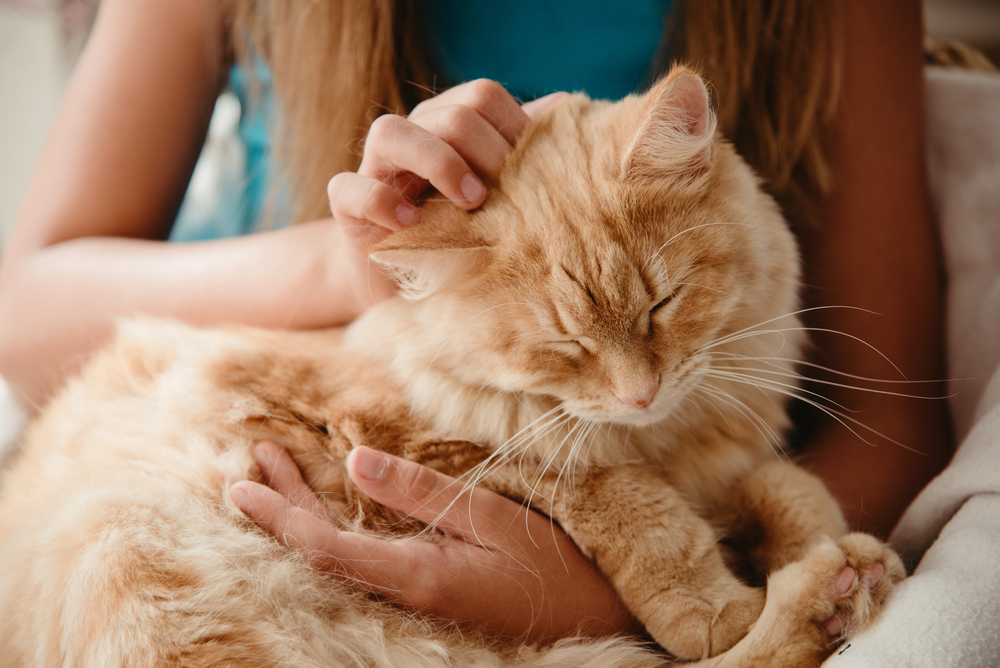
How Much Purring Is Normal?
Every cat is unique and will have different purring habits regardless of sex—some cats purr a lot and others barely or not at all. Some purr so quietly that it’s hard to hear them, and some will use alternative communication methods instead of purring. If your cat has never been big on purring, it’s likely just their character.
Sometimes, though, cats that used to purr stop doing so, which may be the result of an illness or injury. While a cat stopping purring might be nothing to worry about, it’s best to get them seen by a vet to make sure.
If you need to speak with a vet but can't get to one, head over to PangoVet. It's an online service where you can talk to a vet online and get the personalized advice you need for your pet — all at an affordable price!
Likewise, as discussed previously, cats sometimes purr more than usual—sometimes when they’re stressed out or in pain. If your formerly moderate or infrequent purrer suddenly starts purring an awful lot, you might want to take them to a vet to make sure they’re not in pain or suffering from anxiety.
On a final note, here among the Catster team, one of our cats rarely used to purr, and around 2 years ago, she started purring! This began when we adopted another cat, so it’s possible that she started purring more as a means of communicating with the new cat. She’s very happy and healthy, so changes to a cat’s purring frequency don’t necessarily mean something’s wrong.

Final Thoughts
In short, how much a cat purrs isn’t affected by whether they’re male or female—it depends more on their personality. Cats communicate in a variety of ways aside from purring, including using body language, meowing, touching you with their paws, or rubbing against you.
It’s not unusual for some cats to rarely purr but use other means of communicating with you. On the flip side, some cats seem to never stop purring! If you’re concerned about how much your cat is purring or their lack of purring, it might be worth seeing a vet for peace of mind.
Featured Image Credit: Fabrizio Misson, Shutterstock

